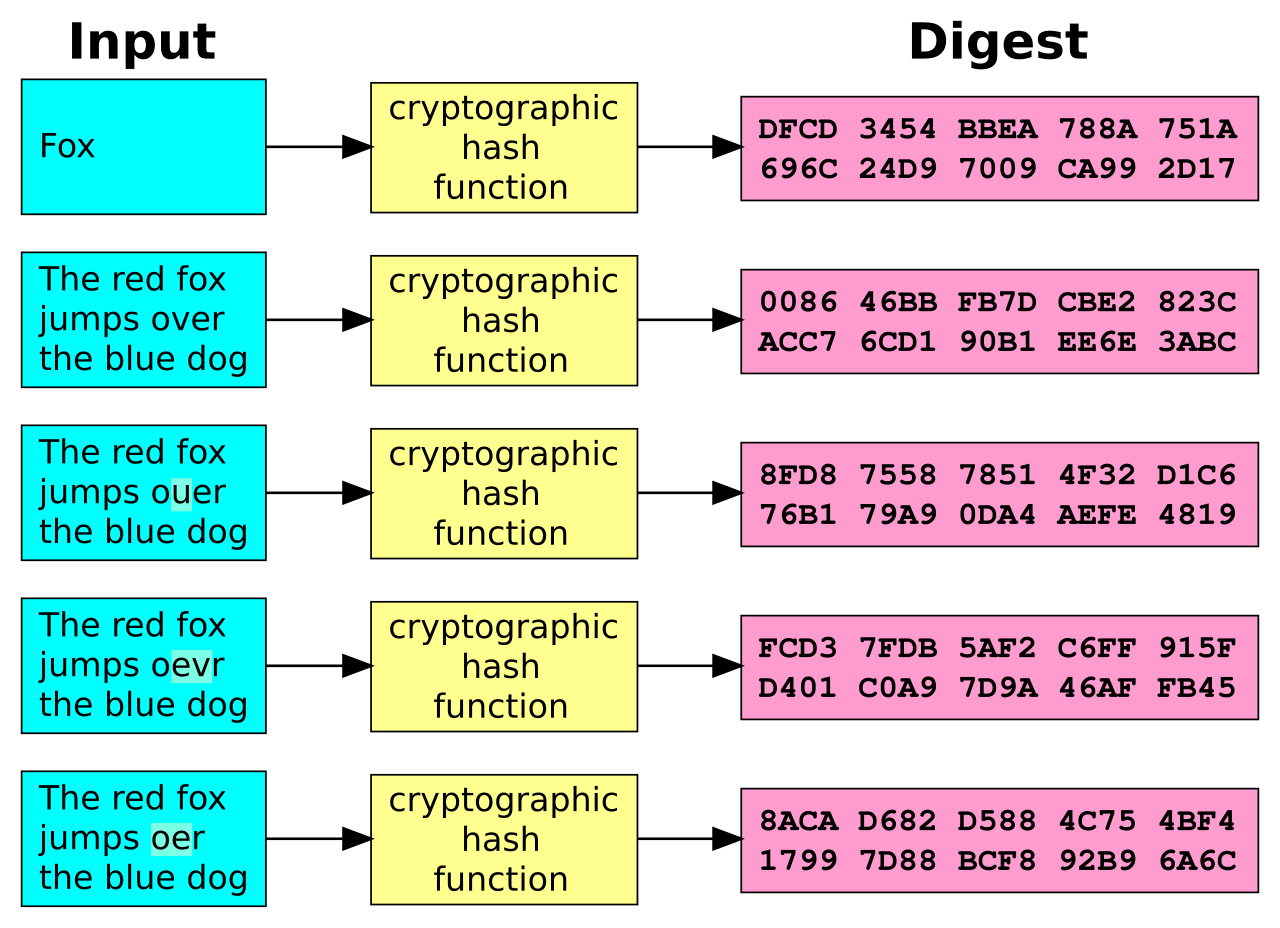Soft Computing is an approach to solving complex computational problems using approximations. Unlike the traditional approach, where complex problems are solved using some mathematical models or computational techniques, Soft computing uses a model similar to the human brain to solve problems. Therefore, it is also referred to as Computational Intelligence. This approach enables solutions for problems that may be either unsolvable or too time-consuming to solve with current hardware.
The goal of Soft Computing is to develop Intelligent Machines that derives a solution to real-world problems which are difficult to solve mathematically. Soft Computing uses the human mind as the role model and therefore it is tolerant of partial truths, uncertainty, imprecision, and approximations. It exploits these tolerances to achieve robustness, tractability, and low-cost solutions.
Soft computing is set of algorithms that learn on its own to derive solutions that are not previously known. In contrast to analytical methods, soft computing methodologies mimic consciousness and cognition in several important respects: they can learn from experience; they can universalize into domains where direct experience is absent; and, through parallel computer architectures that simulate biological processes, they can perform mapping from inputs to the outputs faster than inherently serial analytical representations.
Soft computing constitutes methodologies such as Fuzzy Logic, Neural Networks, Evolutionary Computation, Machine Learning and Probabilistic Reasoning.
Neural Network is a highly interconnected network of a large number of processing elements called Neurons in an architecture Inspired by Brain.
Fuzzy Logic is a generalization of classical set theory. In classical set theory, element either belong to the set or not and hence such sets are called crisp set. But in the fuzzy set, many degrees of membership are allowed( Degrees between 0 and 1).
Evolutionary computation is a general name for a group of problem-solving techniques whose principles are based on the theory of biological evolution, such as genetic inheritance and natural selection.
Machine Learning is a field of computer science that uses statistical techniques to give computer systems the ability to learn with data, without being explicitly programmed.
Probabilistic Reasoning is the ability to handle uncertainty using higher order logic.
I hope you found this useful and if so please share it with the people around you. Comment below your suggestions and doubts. Finally, Thank you.





